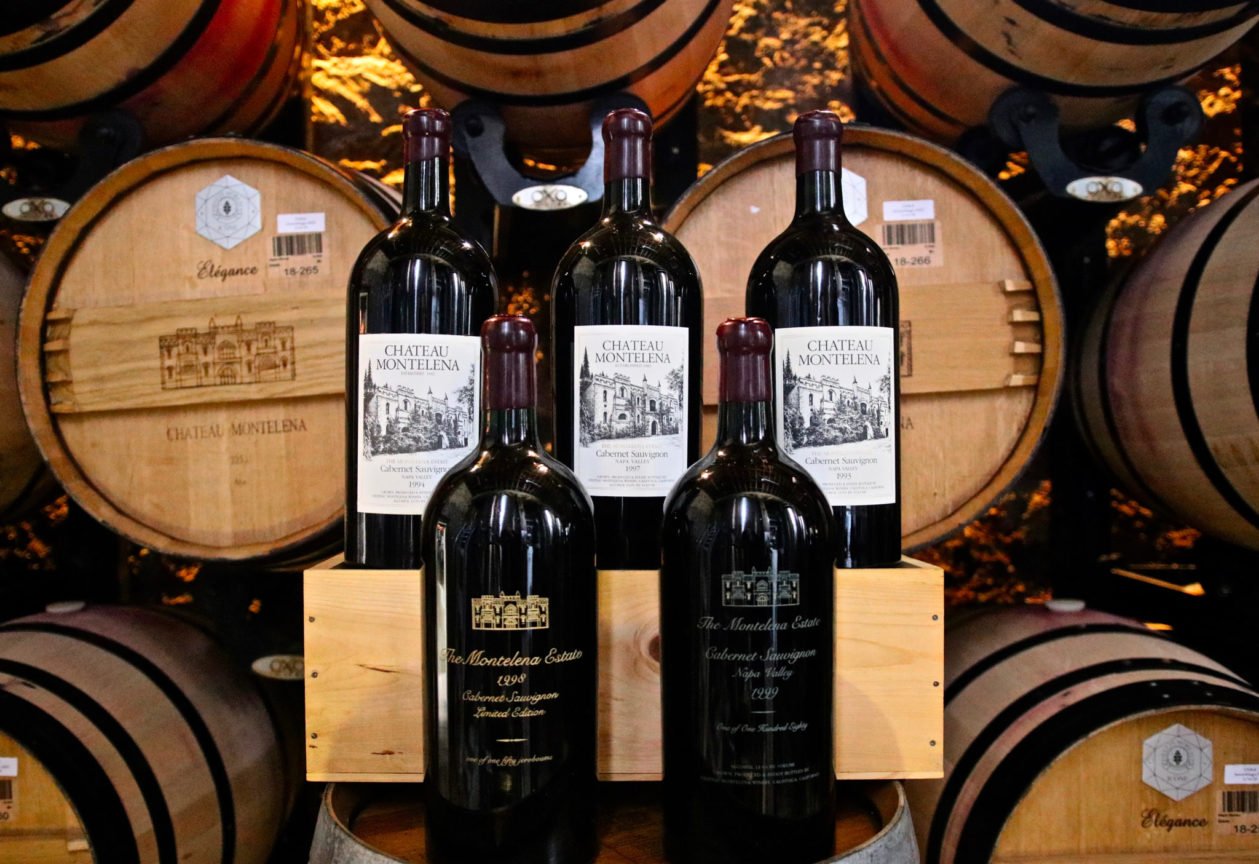For the last few months, we’ve all been cooped up in our homes trying to make the best of a global pandemic…which has also meant that many of us have been going through bottles of wine with more vigor than possibly ever before. So, there’s no better time than now to consider what vintages would be best to restock your wine cellar with. Worth recently spoke with Matt Crafton, head winemaker at Chateau Montelena, who told us about some of the vintages in the winery’s library and why they make different wines every year, as well as their 1973 Chardonnay and why it’s on display at the Smithsonian.
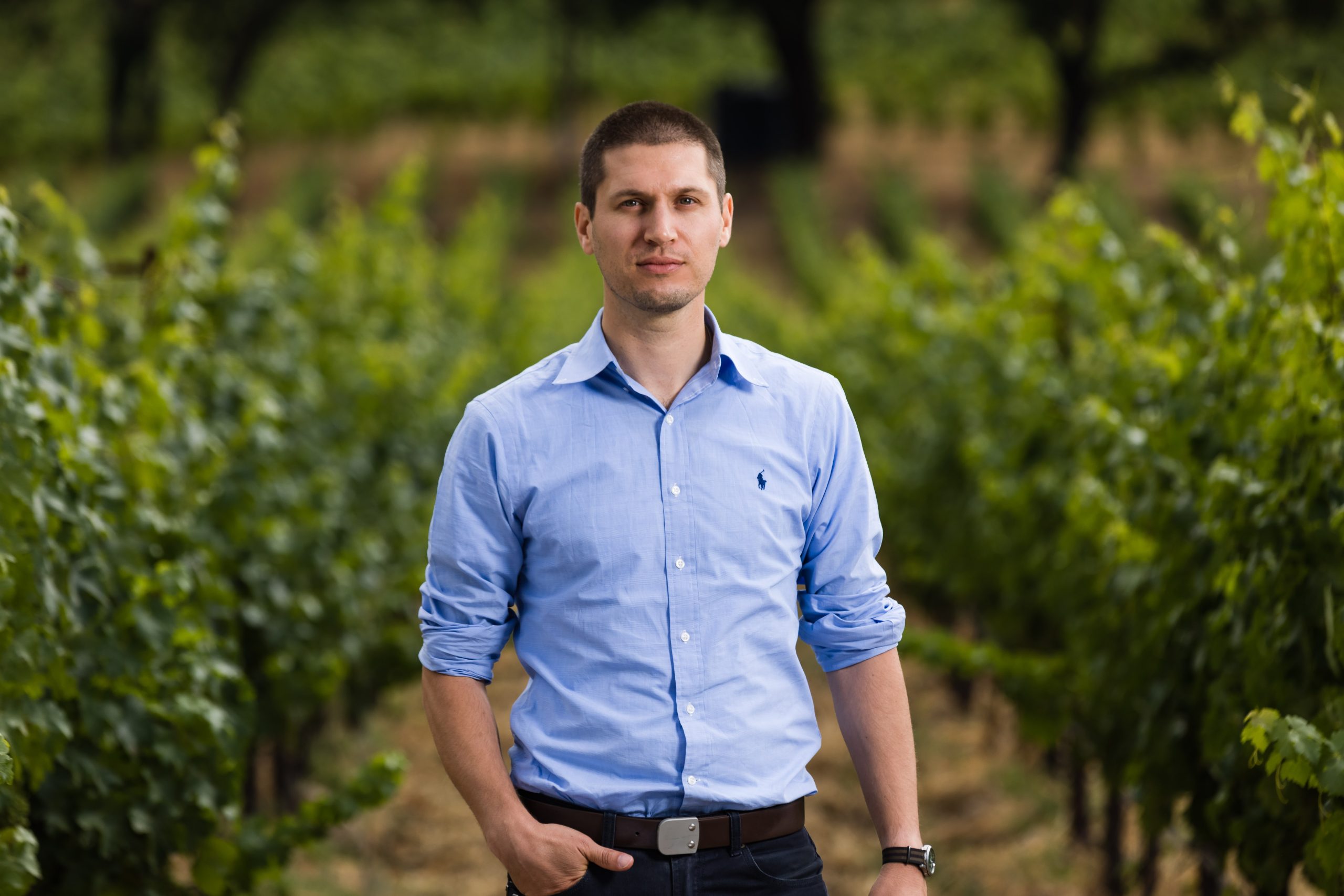
Q: Why is now a good time to be restocking your wine cellar?
A: During this difficult period of time, people were maybe dipping more into their cellars than they normally were, just given the uncertainty, maybe they weren’t purchasing wine or the wine they wanted wasn’t available, or they’re eating more at home for whatever reason. I think most people’s cellars are somewhat depleted. As you look to restock, there’s a couple of different ways you can do that.

Some people are only going to be able to restock with current vintages, current releases. That’s perfectly fine. You’ll find lots of producers out there who can certainly help with that. But Montelena specifically, just given how we operate and our philosophy behind aging, age-ability, we hold back about anywhere from 5 percent to 10 percent of our production of our estate Cabernet and Chardonnay every year in our library. Then we make those available periodically. If someone, let’s say, drank a bottle of wine from the year they got married and let’s say they got married in 1990 and they really enjoyed it and they want another bottle of it, there aren’t a whole lot of places that can help you with that, but we can.
Is this a better or worse time than any other? I don’t know necessarily. I just think that there are some producers out there who have the ability to help with this. We’re certainly one of them. It’s something that most people don’t know about us, just because again, we don’t have a ton of these bottles, but for the right buyers, for somebody who will appreciate it, we’d be happy to open up our library.
I want to know more about this library. What does Chateau Montelena keep in there? Do people have to specifically request something, or do you just slowly bring vintages back into the market?
Starting in the early 1980s, when we released our first estate Cab, which was 1978, that was the vintage that was released. I think it would’ve been like 1981-ish. We started holding back wine. Let’s say we make 1,000 cases a year; we hold back 100 of them. We literally have storage here at the winery in our big temperature-controlled warehouse. We also have another warehouse in South Napa. It looks like the end of Raiders of the Lost Ark, the Indiana Jones movie, where it’s just boxes stacked everywhere. That’s what it looks like. We’ve built up this repository, so to speak.

What we do is in wholesale. This is wines that are sold through restaurants typically. When we release a new wine, let’s say, right now we have the 2016 estate Cabernet that just was released in January. We’ll also release the vintage that was 10 years previous to that, so the 2006. Obviously, there isn’t nearly as much of the 2006, but it’s a very selective buyer that can afford that. We do it specifically in a way so that it’s not unaffordable. The wine’s expensive to start off with. The retail price on the current release is $175. It’s typically about 20 percent more than that.
That’s how you could find the wine, that decade re-release in the market and in your local restaurant. However, an advantage of building a connection directly with the brand here for the winery itself [is] we essentially have a concierge service. For someone who’s interested in building out their library, not only of different vintages, but also different formats.
We have your traditional 750 ml bottle, and we bottle wines up to nine liters in size. Those nine liters are very rare, as you can imagine. Anything above three liters, those are hand-blown bottles, hand etched. They’re really beautiful, but we don’t make a whole lot of them. The idea is that what you’re getting is access and exclusivity really more than anything else. We don’t promote those; we don’t market them because we just don’t have enough. We know that we’d rather sell them to somebody who obviously understands what they’re getting, but also, obviously buys into what we’re trying to accomplish here in terms of the types of wines we make, how they age and can appreciate those differences as the wine develops over time.
For this concierge service, is this a membership type of thing? Or can people just contact you as they become interested in wine from a certain year or a certain type of bottle?
Yeah. It isn’t anything formal. I can tell you that. It’s definitely a little bit more ad hoc. What we do is, actually, it’s our estate director [George Blanckensee] who’s the point of contact on this, because again, we don’t have a lot of these wines or a lot of bottles of this. We have hundreds of them. But if you think about how many millions of wine drinkers there are around the world, it’s not something we actively promote. It’s definitely something you have to know about, and you have to have the right contact for.
We also have a regular membership that gives you regular shipments, but those are all typically current releases. For instance, right now, you can sign up and you can get any of our current releases delivered regularly to you just like any other wine shipments would be. Being a member of the club gets you access to some of these library vintages, definitely, but also, like I said, we’ve slowly been rolling out this concierge service, so to speak, that would cater again exactly for this purpose, for people who are collectors, who are big buyers, who would appreciate some of these more exclusive, rare wines, especially in some of the larger formats, magnums or whatever, that they have appeal to certain people.
I have heard a little bit about some of the rare wines Chateau Montelana has, including the 1973 Chardonnay.
The ’73 is the really rare one. That one goes for $100,000 dollars.
Oh my gosh. That’s the one that won the 1976 Judgement of Paris. Can you tell me about that?
Sure, sure. The early 1970s, the American wine industry is really just getting reborn after prohibition. There are wineries scattered around the West Coast. People are still figuring out what’s going on? Where do we fit in the world? What kind of wines should we make?
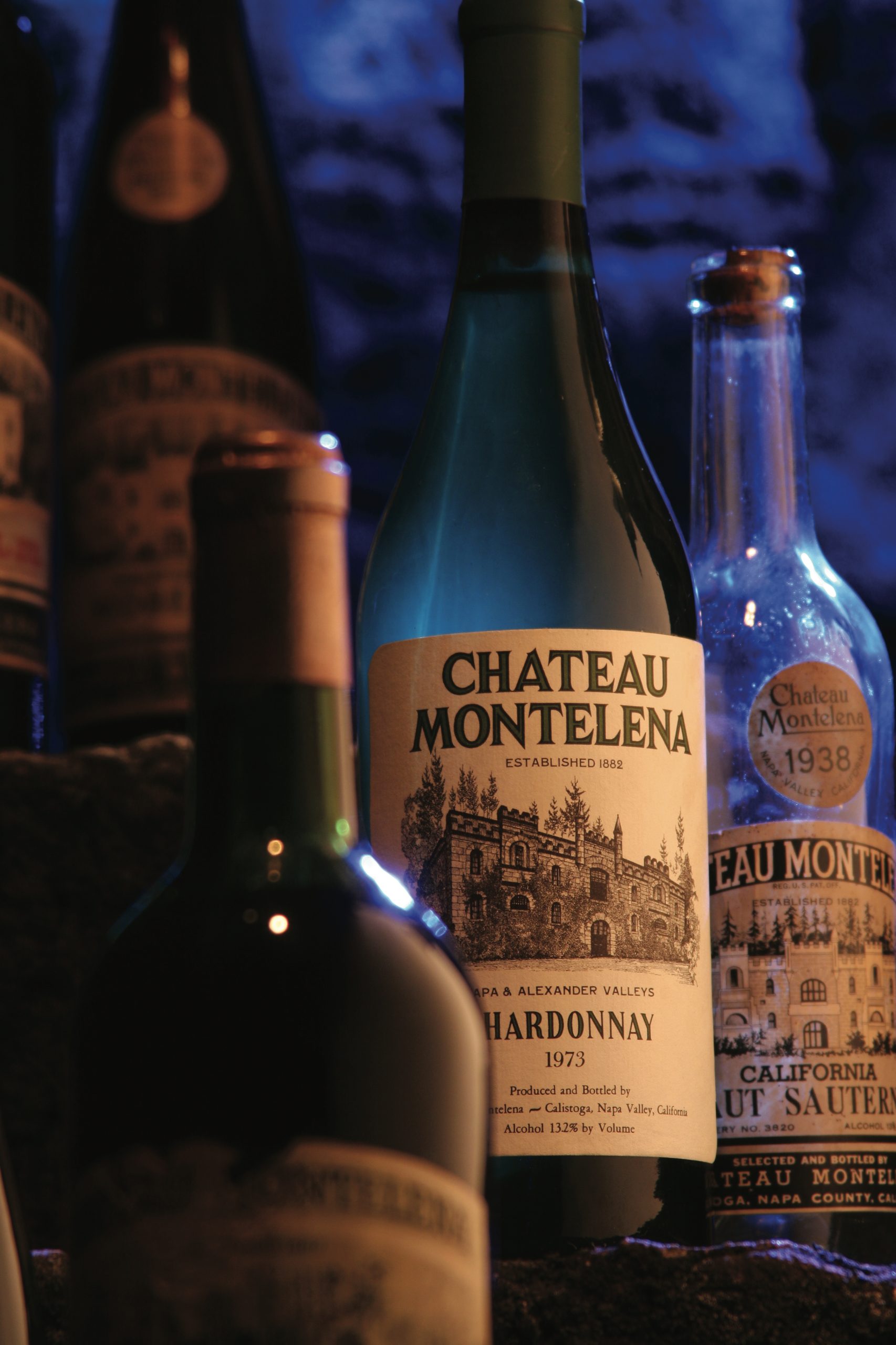 There was a competition in Paris in 1976 where a gentleman named Steven Spurrier pitted these new upstart American wineries, one of which was Chateau Montelena, with the best, the most heralded wines of the old world from Burgundy and Bordeaux. Everyone expected a total spanking by the old world on the new world, and instead the opposite happened. Chateau Montelena won the Chardonnay portion of it with our 1973 (pictured right), and Stag’s Leap Wine Cellars won the red portion of it with their…I can’t remember, I think it was their ’73 Cabernet. It was ’72 or ’73.
There was a competition in Paris in 1976 where a gentleman named Steven Spurrier pitted these new upstart American wineries, one of which was Chateau Montelena, with the best, the most heralded wines of the old world from Burgundy and Bordeaux. Everyone expected a total spanking by the old world on the new world, and instead the opposite happened. Chateau Montelena won the Chardonnay portion of it with our 1973 (pictured right), and Stag’s Leap Wine Cellars won the red portion of it with their…I can’t remember, I think it was their ’73 Cabernet. It was ’72 or ’73.
Anyway, that changed, I think, how people viewed wine. It broke this barrier where all of a sudden people could make great wine outside of France and outside of traditional wine regions. It led to the resurgence, if you will, of the American wine industry that was thriving before prohibition, but also helped birth the Australians, the Kiwis, South America, Argentina, South Africa, all of the other new world wine growing regions.
That’s really what shot us to prominence in the very beginning, obviously unexpected. At the time, there was this really fundamental belief here by the Barretts, who still own the winery, that great wine tastes delicious upon its release, but also has the ability to age. That’s a very old-school, old-world mentality, but it’s something that we’ve been committed to, even though we would all prefer…I think it would make more financial sense to just sell all the wine we make the year we release it. It costs money to hold things, but it’s something that we’ve been committed to, like I said, for the last 30-plus years.
You said the ’73 Chardonnay is very rare. How rare is it?
We have, I think, 13 bottles left. It’s one of two wines in the Smithsonian, which is pretty cool. The last one we auctioned off in 2016 during the 40th anniversary of the big Judgment of Paris. It sold as part of a dinner package and everything else.
I hear the library at your winery is really something to behold, but with the pandemic, people obviously haven’t been able to visit. How is Chateau Montelena dealing with that?
One of the things that we’ve been doing, which is a little bit different from what other wineries have done, is that a lot of wineries are offering virtual tastings. Our bent on this is that we know there are a lot of people who have Montelena in their cellars and maybe it is time to open that special bottle.
We don’t require you to buy something off the website or call us to buy a bottle before we’ll do a tasting. If you have a really special bottle of Montelena in your cellar and you want to do a virtual tasting, we’ll open up the same bottle here with you, assuming we have it, and go through the history behind it, the perspective, because it’s probably a really special bottle for you if you can hold onto it this long. Again, it’s that connection that’s really important.
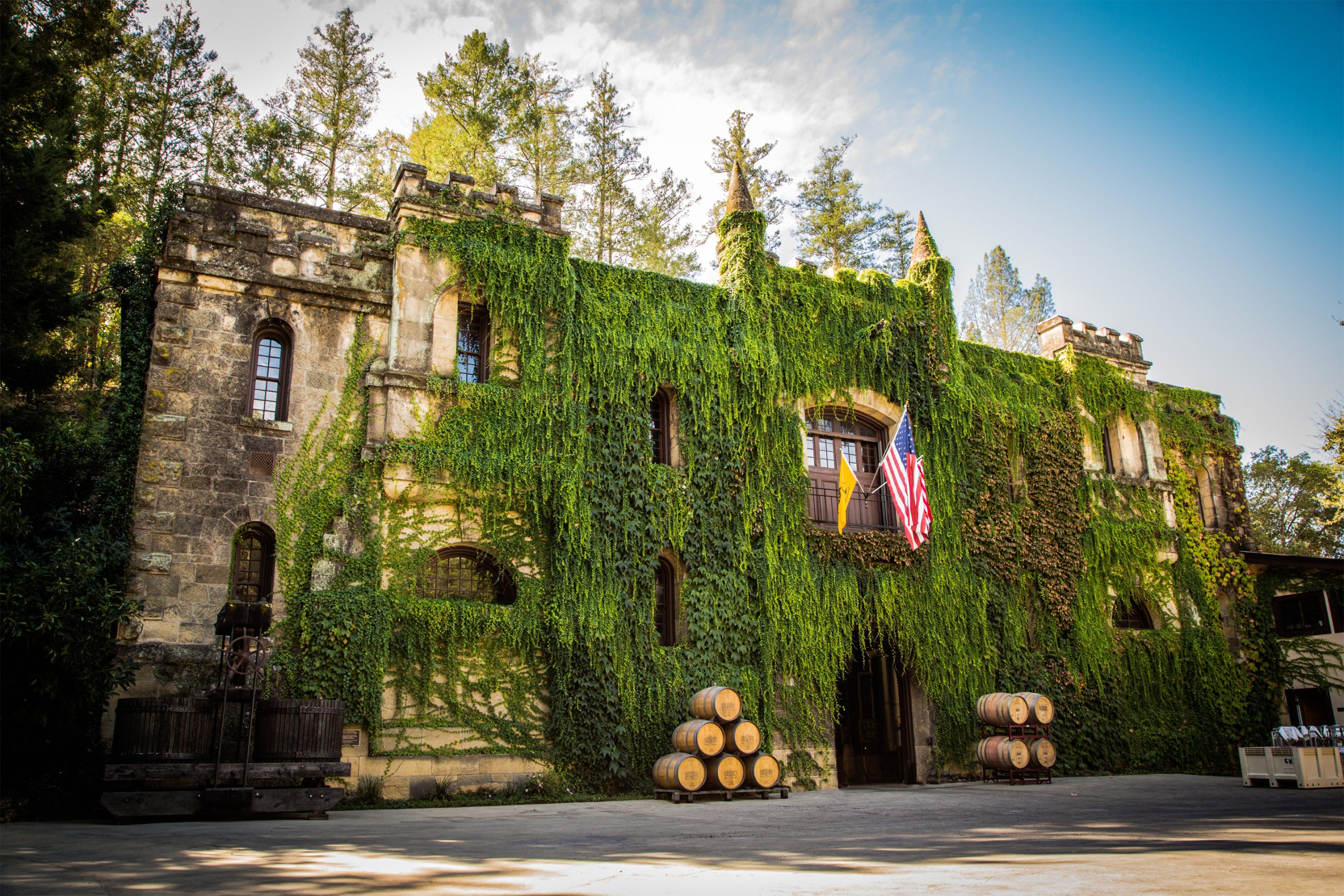
The technology that we have now to be able to connect with people virtually just makes that so much easier. We think it’s just a great opportunity to lend some education, if people want it, to share a really great moment.
And also for some people who are like, “Oh my gosh, I had this 2002 estate Cabernet in my cellar. It was delicious. Can I get some more, number one? Number two, are there any other vintages that are like that I could buy? I really love how it tasted right now.” I think that’s one thing that we’re really, really good [at]. Once we learn what you like, then it’s really easy to say, “Well, we have a little bit of, let’s say 1997, a really fancy heralded year in Napa Valley. We may have some of that in the cellar or the library. If you really enjoy the 2002 or 2007 or some vintages that might be really complementary.”
I think as people start to build their relationship with the brand, they see we don’t make Coca-Cola. The wine isn’t the same every year. I make the wine; I would go absolutely insane if [there] was a recipe. No, we get to change everything we do every year based on the vintage. As soon as you get onto that wavelength where you like what we do, but you understand that the cool vintages are going to taste different from the warm vintages, the way they’re supposed to, as soon as you really start to believe that and understand it and make that a part of your wine drinking regimen or part of the culture you have, it’s really powerful. It’s really amazing because you get to experience all these really wonderful things.
I’m curious what you mean by that. Chateau Montelena makes the new wine based off of what the vintage for that year will be?
Yeah. Maybe I’ll use beer as an analogy. Beer is made from basically the same raw materials. You find your barley, your grain, you find your hops. Then it’s really the hand of man, so to speak, the brewer, he or she, whomever is doing this, that imparts and develops the flavor of what the beer actually becomes. Then there are a lot of wines that are made that way, too. Your wines that sell for, let’s say, under $20 in the grocery store, they’re really built for consistency. Every year, you open that bottle, just like, I don’t know, like a Big Mac or something like that. It tastes the same, no matter what, where you get it and when you get it.
We do things a little bit differently. It’s definitely the more difficult way to do it. It starts off with number one, understanding the nature of our site. What does this site tend to produce for us? Is it high acid, low acid? Is it rich? Is there a lot of color? Is it tannic? Is it really fruity? All these different vineyards that we work with all have these different flavors. We could take all of them and pound them into submission and create the same wine every year. Instead, when we get them in and we taste them in the field and we taste them as [they] are coming in, all change how we essentially craft that wine depending upon those flavors and textures that I want to highlight.
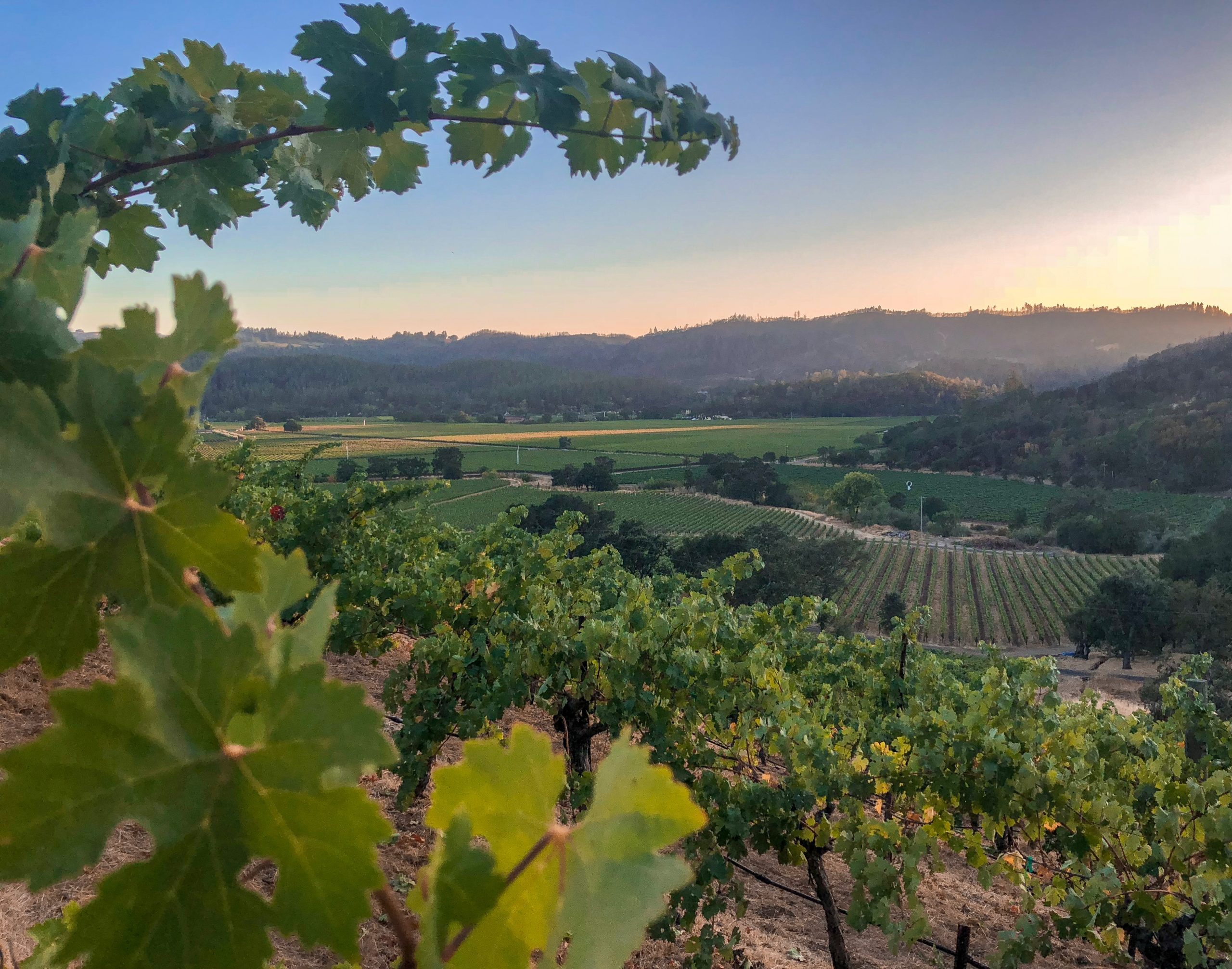
In a cool year, there might be more red fruit, more acids, maybe softer, a little more elegant. We’ll ferment at cooler temperatures. We’ll use a different yeast, different barrels. There are about a thousand different decisions that go into trying to make this wine be as pure and as expressive as it can be. You have to be very right-brain driven to do it because it’s not necessarily a logical process, but the results are, again, if you can appreciate that, you put three vintages next to each other, let’s say, 2006, 2007, 2008. ’06 was a very cool year. So, it’s very red fruit driven, very balanced, very elegant, lots of acids. The tannins are really soft and silky. Then you look at the ’07, a warm year. Much richer, much more concentrated, but the fruit came from the same place. There’s that ribbon that ties all of it together. Then 2008 was in between. It’s got a little bit of each in it.
Those wines are going to age differently. They’re going to mature differently; they’re going to pair well with food differently. This is the reason why you lay wine down. If you’re a buyer, let’s say, I just buy every hundred point wine out there and I lay it down because it’s expensive and gets a hundred points, you learn pretty quickly that all those hundred point wines are all the same typically, and that they don’t tend to age. You can end up really disappointed as a collector, if that’s what you do.
What should wine connoisseurs right now be looking to restock with? How do they know what to restock with? And is there anything that they should be adding to their collection that they might not be thinking about?
That’s really going to depend upon the person and what they’re interested in. I don’t think there’s necessarily more library wine available now than there was. If you’re interested in stocking up on whatever happens to be current or current release from any producer around the world, you probably have a fair amount of flexibility right now. I think any winery would be more than happy to ship whatever you want to you.
But if you are looking for library vintages, if you’re looking for replacing maybe some of those bottles that you liked, like, “Oh my gosh, I only had one ’07 Montelena left and it’s gone now,” that’s the opportunity to reach out to us. I would say build a connection with a producer that you like. I think people will be very receptive to that right now. I know we are. Now’s the time to ask for what you want. The worst we can say is “no,” or “we don’t have it.”
If you’re interested in inquiring about the wines in Chateau Montelena’s library, contact George Blanckensee at [email protected].

